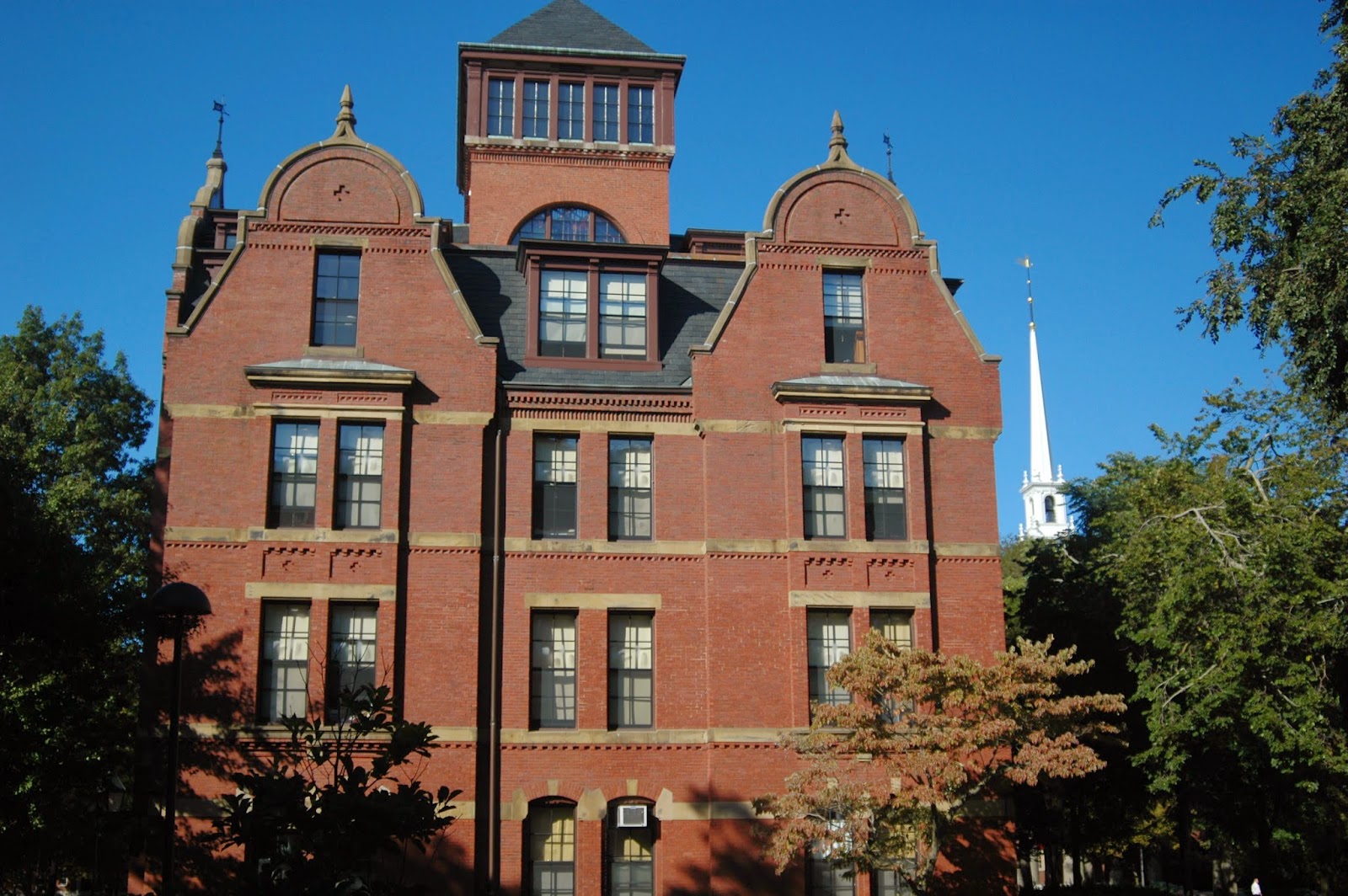A few years
back, I became acquainted with a Sacramento architect who was working as a
project manager for a land development company.
Over lunch one day, he told me about selecting architects for conceptual
designs on an adjoining pair of sites owned by his company.
The
development company focused on less prosperous neighborhoods, trying to spur
economic rebirth through well-conceived infill projects and then prospering
from the revitalization.
The two
parcels were in a neighborhood that had once been prosperous, but had fallen on
hard times. He and his firm were
hopeful that the two building projects, which would be on lots for which the
previous structures had long been demolished, would help spur better times.
When the project
manager and I had lunch, his two architects were just beginning work. But my lunch companion had made an unusual decision. He had refused to advise either architect of
the other’s identity, so neither knew who was working next door.
The two
consulting architects were discomfited by his decision, and perplexed. They were continuing to argue that the two concepts
needed to be prepared in tandem, so the two buildings could work together in
harmony. But the project manager held
firm. He had specified broad parameters
for the two buildings, including the height and massing consistent with the
zoning code and the developer’s market perceptions, the use of brick for the
exterior surface, and the floor elevations for the upper stories. But he wanted two independent designs, so wouldn’t
introduce the two architects.
There was a valid
reason for his surprising decision. His
goal was a fine-grained, organic urbanism that would benefit the neighborhood
over the long-term.
He perceived
a future, perhaps fifty years hence, when one of the buildings might feel dated
and worn, while its next-door neighbor, because of a different architectural
approach, still retained vitality. The
owner of the less successful building, emboldened by the continued success of
his neighbor, would be motivated to invest in a remodel, allowing the
neighborhood to bootstrap its way into the future.
The project manager was willing to sacrifice a bit of coherency between the buildings on the day
they opened for the long-term economic health of the neighborhood.
This concept
of developing in the smallest possible chunks has long been identified as a desirable
approach for community economic health.
Jane Jacobs’ described it as “fine-grained” in her masterwork “The Death
and Life of Great American Cities”. More
recently, and with far fewer credentials, I described it as “organic” in my
thoughts on the redevelopment of the former Candlestick Park.
But
regardless of the name applied or the credibility of the writer, it’s the right
concept for cities.
Unfortunately,
cities too often implicitly encourage the reverse. Infrastructure requirements of the 21st
century, which are often transferred from cities to developers in the absence
of alternative funding possibilities, force developers to build larger developments
to recoup their costs.
To save on architectural
fees and to reduce construction costs because it’s cheaper to build the same
building twice than to build two different buildings, larger developments tend
toward more uniformity.
Permitting
processes such as CEQA (California Environmental Quality Act) don’t necessarily
scale with the project size, but are often less expensive per acre, or per
residential unit, for larger projects.
Because the
public salivates over the number of construction jobs that could be temporarily
created, projects of 20 acres often get public support while the half-acre projects
that are likely more important to the long-term health of the community are
ignored.
Having a
developer intentionally reduce the scale of his projects, making them more
fine-grained, was unusual, remarkable, and laudable.
Unfortunately,
soon after the project manager and I had lunch, the economy downshifted another
gear, the projects were terminated, and the adjoining lots remained vacant, one
more gap in a neighborhood that already had too many.
But the idea
remained sound. Whether one calls it fine-grained
or organic, small infill projects are the best way for a community to grow.
Next time,
I’ll describe the most recent meeting of Petaluma Urban Chat about the possible
reuse of the Sonoma Marin Fairgrounds.
As always,
your questions or comments will be appreciated.
Please comment below or email me.
And thanks for reading. - Dave Alden (davealden53@comcast.net)

No comments:
Post a Comment